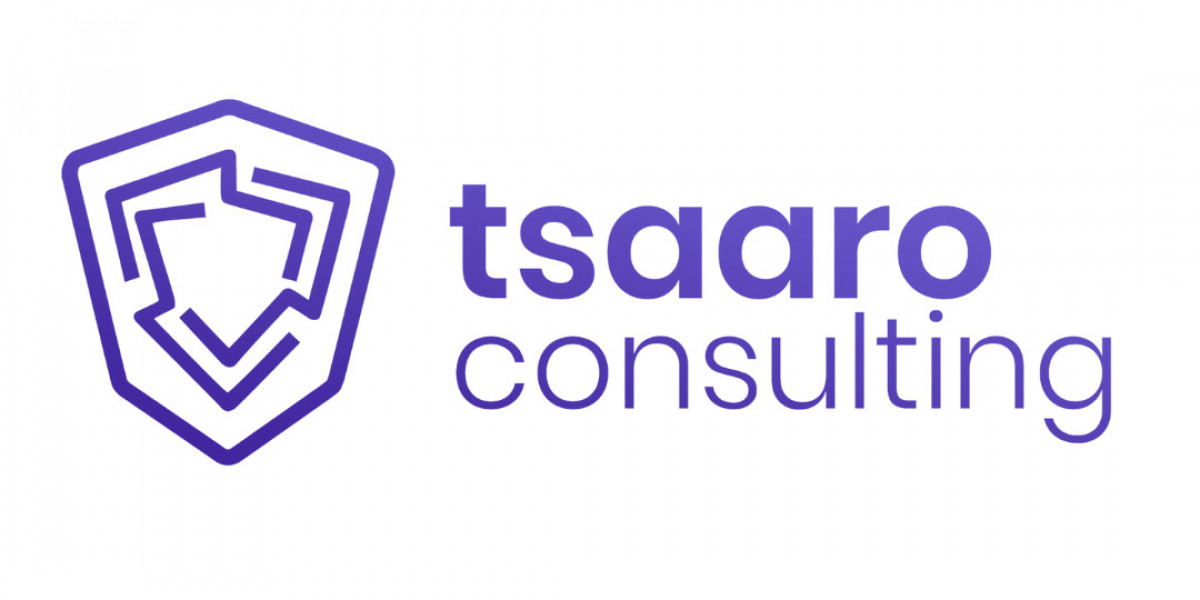In a concerning development, LinkedIn has fallen victim to an extensive data breach, resulting in the exposure of sensitive information belonging to more than 500 million users. This breach entails the unauthorised scraping of data from the platform, with the compromised dataset now up for sale on the dark web. The leaked information encompasses critical details such as email addresses, phone numbers, workplace particulars, full names, account IDs, links to associated social media profiles, and gender identification.
The data breach culprits have chosen to publicise their actions through an unknown user on a hacker forum. This individual has released a fraction of the breached data, comprising records from two million users, as evidence of the incident. The hacker responsible for this breach is demanding a significant sum, denominated in four digits in USD, as payment for the compromised information, suggesting that the transaction may involve cryptocurrencies like Bitcoin. Alarmingly, this breach closely follows a comparable occurrence involving the exposure of scraped data from over 500 million Facebook users.
Implications and Potential Exploitation
The leaked data archive, ostensibly sourced from 500 million LinkedIn profiles, is being offered for sale on a popular hacker forum. An additional subset of two million records has been leaked as a demonstration of the breach’s authenticity. These leaked files contain a wealth of personal information about LinkedIn users, including but not limited to their complete names, email addresses, phone numbers, and workplace affiliations. While forum users can access the leaked samples for a nominal cost in forum credits, the primary hacker appears to be aiming for a substantial sum, likely in the form of Bitcoin, for the much larger dataset of 500 million users.
Anticipating the Impact
The repercussions of this data leak could be far-reaching and detrimental to LinkedIn users. Threat actors might exploit the leaked data in various ways, including:
Targeted Phishing: Cybercriminals could craft personalized phishing attacks using the exposed information to deceive users into sharing sensitive data.
Email and Phone Spam: With access to a large pool of email addresses and phone numbers, malicious entities might engage in widespread spam campaigns.
Credential Brute-Force: The leaked data could empower threat actors to launch brute-force attacks on LinkedIn and email accounts, potentially gaining unauthorized access.
It’s worth noting that the leaked files appear to lack particularly sensitive information like credit card details or legal documents. Nonetheless, even seemingly innocuous data can be exploited in the hands of skilled cybercriminals. By combining the leaked data with information from other breaches, attackers can craft convincing phishing attempts, social engineering tactics, and even identity theft schemes.
LinkedIn Under Investigation
Following the widespread dissemination of user data, Italy’s privacy regulatory authority initiated an investigation into the breach. Given the significant number of LinkedIn users in the country, the authority urged affected individuals to remain vigilant against anomalies related to their accounts and contact information.
Mitigation and Future Steps
In light of these developments, it is crucial for LinkedIn users to take immediate steps to safeguard their accounts and personal information:
Subscribe to breach notification services like “Have I Been Pwned” to receive alerts about potential compromises.
Exercise caution when dealing with unsolicited LinkedIn messages and connection requests from unknown individuals.
Update passwords for both LinkedIn and email accounts, ensuring they are strong and unique.
Consider utilizing a reputable password manager for enhanced security.
Activate two-factor authentication (2FA) across all online accounts.
Stay vigilant against phishing attempts via emails and text messages, refraining from interacting with suspicious content or unknown senders.
In Conclusion, to fortify your defenses against data breaches, consider employing trusted data protection and privacy services like Tsaaro. The incident involving LinkedIn underscores the urgency of safeguarding personal data in an increasingly digital landscape.
Click Here : DPO as a service







